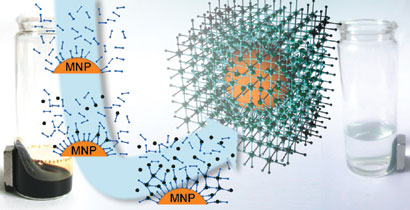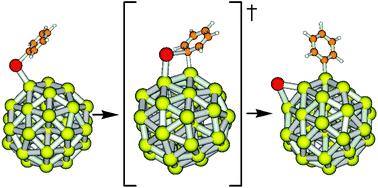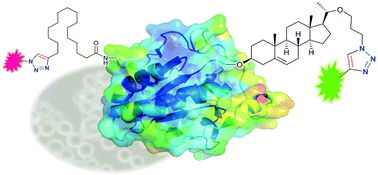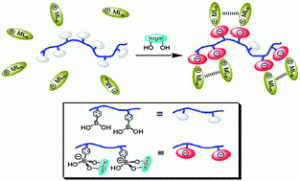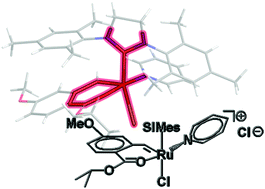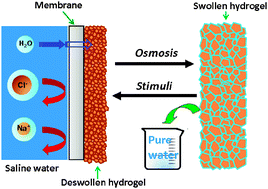This month sees the following articles in ChemComm that are in the top ten most accessed:-
Light operated molecular machines
Serena Silvi, Margherita Venturi and Alberto Credi
Chem. Commun., 2011, Advance Article, DOI: 10.1039/C0CC03829F, Highlight
A facile synthesis of anatase TiO2 nanosheets-based hierarchical spheres with over 90% {001} facets for dye-sensitized solar cells
Weiguang Yang, Jianming Li, Yali Wang, Feng Zhu, Weimin Shi, Farong Wan and Dongsheng Xu
Chem. Commun., 2011, Advance Article, DOI: 10.1039/C0CC03312J, Communication
An unprecedented 2D → 3D metal–organic polyrotaxane framework constructed from cadmium and a flexible star-like ligand
Hua Wu, Hai-Yan Liu, Ying-Ying Liu, Jin Yang, Bo Liu and Jian-Fang Ma
Chem. Commun., 2011, Advance Article, DOI: 10.1039/C0CC04724D, Communication
Arranging pseudorotaxanes octahedrally around [60]fullerene
Sanjeev K. Dey, Florian Beuerle, Mark A. Olson and J. Fraser Stoddart
Chem. Commun., 2011, 47, 1425-1427, DOI: 10.1039/C0CC03963B, Communication
Boronic acid building blocks: tools for sensing and separation
Ryuhei Nishiyabu, Yuji Kubo, Tony D. James and John S. Fossey
Chem. Commun., 2011, 47, 1106-1123, DOI: 10.1039/C0CC02920C, Feature Article
Campestarenes: novel shape-persistent Schiff base macrocycles with 5-fold symmetry
Samuel Guieu, Angela K. Crane and Mark J. MacLachlan
Chem. Commun., 2011, 47, 1169-1171, DOI: 10.1039/C0CC04493H, Communication
Synthesis of Cu nanoparticles in mesoporous silica SBA-15 functionalized with carboxylic acid groups
Ching-Shiun Chen, Chen-Chih Chen, Ching-Ting Chen and Hsien-Ming Kao
Chem. Commun., 2011, Advance Article, DOI: 10.1039/C0CC04719H, Communication
Fluorescent nanoscale zinc(ii)-carboxylate coordination polymers for explosive sensing
Chengyi Zhang, Yanke Che, Zengxing Zhang, Xiaomei Yang and Ling Zang
Chem. Commun., 2011, Advance Article, DOI: 10.1039/C0CC04836D, Communication
Copper-catalyzed aerobic oxidative synthesis of aromatic carboxylic acids
Daoshan Yang, Haijun Yang and Hua Fu
Chem. Commun., 2011, Advance Article, DOI: 10.1039/C0CC04319B, Communication
Iodoamidation of olefins with chloramine salts and iodine in aqueous media
Satoshi Minakata and Junpei Hayakawa
Chem. Commun., 2011, Advance Article, DOI: 10.1039/C0CC03855E, Communication
Why not take a look at the articles today and blog your thoughts and comments below.
Fancy submitting an article to ChemComm? Then why not submit to us today or alternatively email us your suggestions.
Comments Off on Top ten most accessed articles in December
 January can seem like an extra long month for many, with post-holiday blues and dark wintery evenings to contend with. However, the winter solstice has past, so the evenings are gradually getting lighter and here at the ChemComm Editorial Office we have published enough hot articles to keep the blues at bay. So why not take a look at the selection of hot articles below, which caught some of our referees attention…
January can seem like an extra long month for many, with post-holiday blues and dark wintery evenings to contend with. However, the winter solstice has past, so the evenings are gradually getting lighter and here at the ChemComm Editorial Office we have published enough hot articles to keep the blues at bay. So why not take a look at the selection of hot articles below, which caught some of our referees attention…











